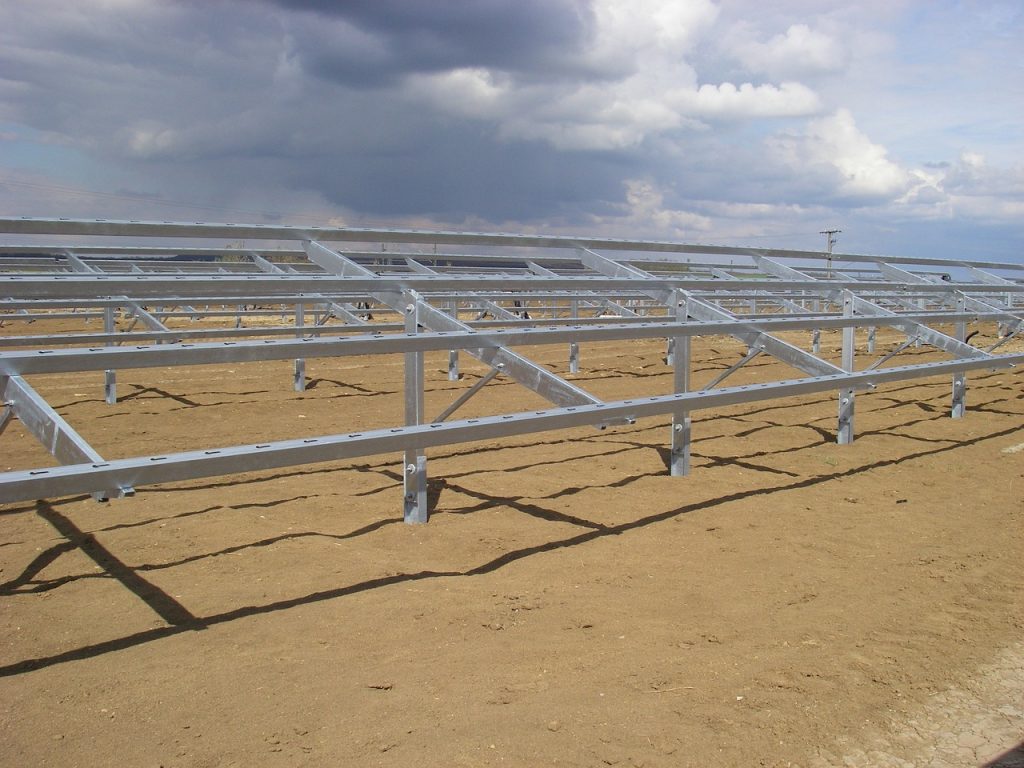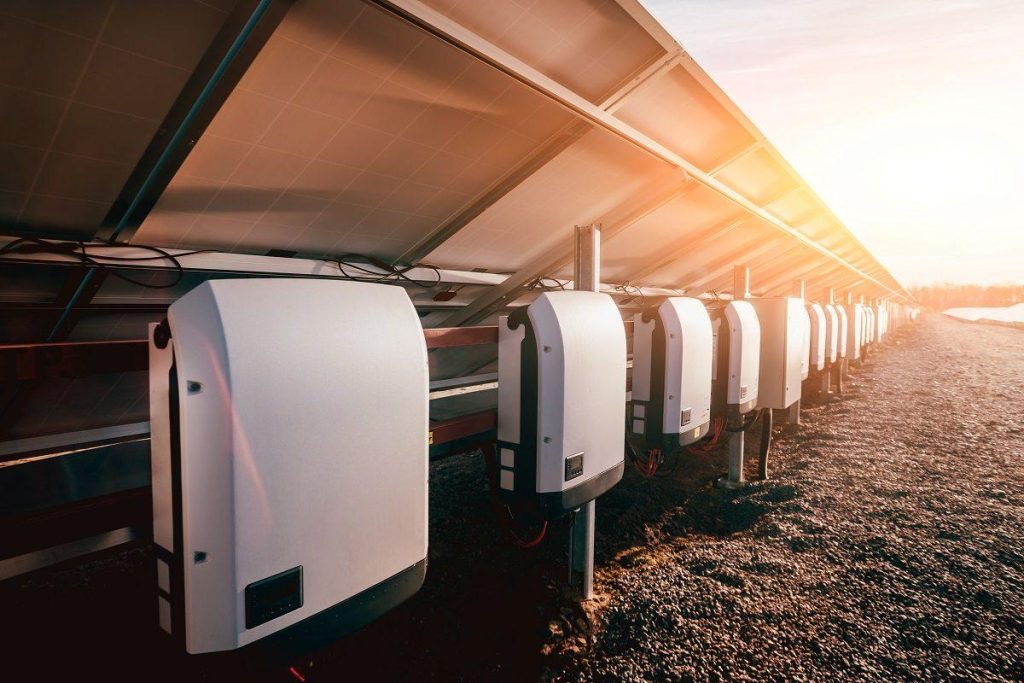SOLAR ENERGY & COMPONENTS
Solar Energy Systems & Components
We have delved into contributing to the renewable energy sector by supplying solar energy products such as solar panels, inverters and batteries.
Solar panels generate electricity through the photovoltaic effect, capturing sunlight to produce direct current (DC) electricity.
Components For Solar System
Solar panels convert sunlight into electricity via the photovoltaic effect, generating direct current (DC) electricity, which is then converted to alternating current (AC) by an inverter.
Each panel consists of multiple silicon-based solar cells encased in a frame with a glass cover. Panels are grouped into strings (usually 4-10 panels) wired in series, connecting to a string inverter. A solar array comprises all panels in your system, either using a string inverter or microinverters paired with individual panels.
Solar panels come in two types:
- monocrystalline
- polycrystalline
Inverters are the brains of a solar power system, converting DC power from the panels into AC power for household appliances. They also manage the flow of electricity between system components and often include monitoring capabilities to track system performance.
The main types of inverters are:
- String inverters
- String inverters with PV optimizers
- Microinverters
- Storage ready inverters
Racking is the foundational structure that secures your solar panels. These systems include mounting rails and flashings to attach the rails to your rooftop or ground mount.
Most home solar systems use one of two racking types:
- Roof mount racking
- Ground mount racking
Additionally, there are unique racking solutions for specific needs, such as pole mounts and ballasted mounts.
In off-grid and battery backup systems, a local battery bank is essential for storing usable energy on-site, providing power during grid failures, extreme weather, or other interruptions.
There are three types of batteries for use with your solar power system:
- Flooded lead-acid batteries
- Sealed lead-acid batteries
- Lithium batteries




